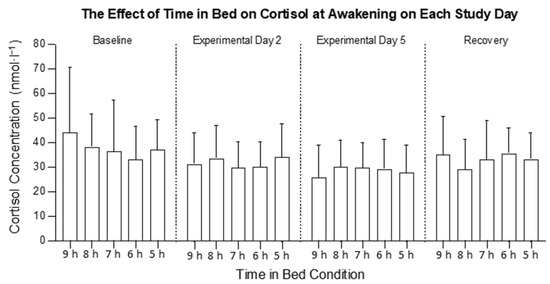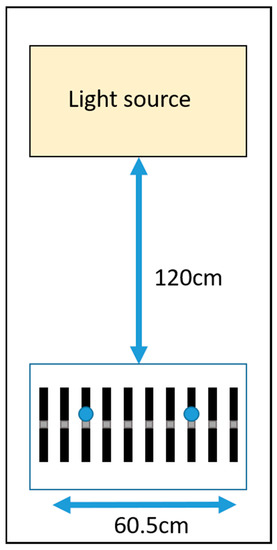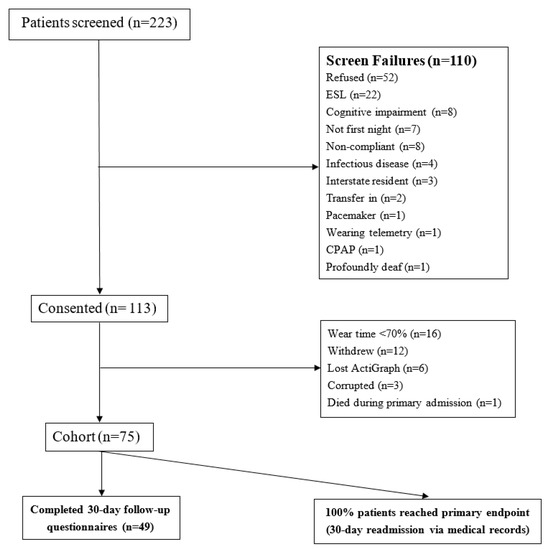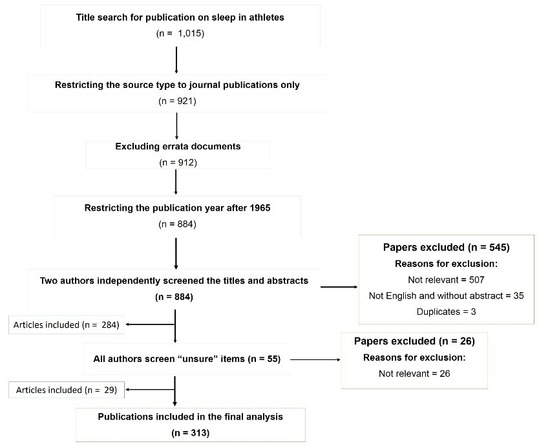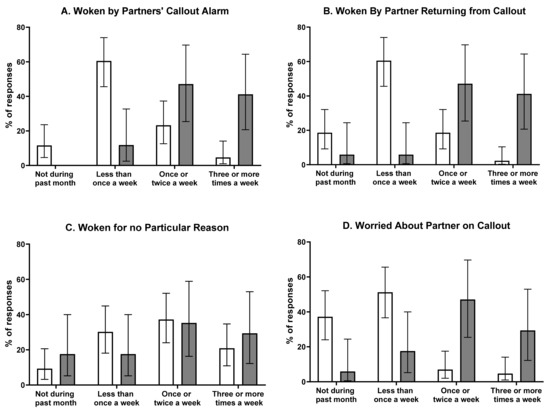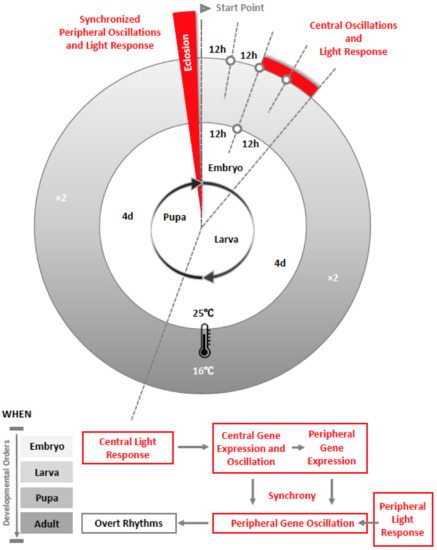Featured Papers from Australasian Chronobiology Society
A topical collection in Clocks & Sleep (ISSN 2624-5175).
Viewed by 28392Editors
Interests: light sensitivity; depression; circadian rhythm sleep disorders; sex differences; learning & memory; nonphotic clock input; metabolism
Special Issues, Collections and Topics in MDPI journals
Interests: light sensitivity; depression; circadian rhythms; chronobiology; mental health; non-visual light responses; psychiatry
Special Issues, Collections and Topics in MDPI journals
Topical Collection Information
Dear Colleagues,
The Australasian Chronobiology Society was founded in 2004, with yearly meetings since, bringing together both basic and clinical researchers across Australia, New Zealand, and the broader region. This includes researchers in both basic and clinical human work, and in a range of model organisms. We are broadly interested in the influence of the circadian clock, and nonimage forming light responses, on behaviour, cognition, sleep and health.
This year, the society met on the 15th of October in Sydney. Our keynote speaker was Professor Paul Zimmet AO, and our international guest was Professor Ken Wright, on the role of the circadian system in metabolic syndrome, and the microbiome, respectively. The day was full of diverse chronobiology and sleep research ranging from ways to best manage shift work maladaptation and jetlag, to understanding home and office lighting, mathematical modelling of biological clocks, and cellular rhythms in the context of diseases such as cancers and HIV.
With this Special Issue, we invite speakers from the meeting to submit their presented work for publication in Clocks and Sleep, to share work from our society with the broader sleep and chronobiology community.
Assoc. Prof. Sean Cain
Dr. Elise McGlashan
Guest Editors
Manuscript Submission Information
Manuscripts should be submitted online at www.mdpi.com by registering and logging in to this website. Once you are registered, click here to go to the submission form. Manuscripts can be submitted until the deadline. All submissions that pass pre-check are peer-reviewed. Accepted papers will be published continuously in the journal (as soon as accepted) and will be listed together on the collection website. Research articles, review articles as well as short communications are invited. For planned papers, a title and short abstract (about 100 words) can be sent to the Editorial Office for announcement on this website.
Submitted manuscripts should not have been published previously, nor be under consideration for publication elsewhere (except conference proceedings papers). All manuscripts are thoroughly refereed through a single-blind peer-review process. A guide for authors and other relevant information for submission of manuscripts is available on the Instructions for Authors page. Clocks & Sleep is an international peer-reviewed open access quarterly journal published by MDPI.
Please visit the Instructions for Authors page before submitting a manuscript. The Article Processing Charge (APC) for publication in this open access journal is 1600 CHF (Swiss Francs). Submitted papers should be well formatted and use good English. Authors may use MDPI's English editing service prior to publication or during author revisions.
Keywords
- Chronobiology
- Circadian rhythms
- Health
- Disease
- Circadian disruption
- Circadian rhythm sleep disorders
- Sleep disorders
- Shift-work







